
Figure 1

Figure 2
Imagine there is a factory continuously working from the time it is built (Figure 1). There are the six cooperations within this factory. They are the main machinery responsible for the production of this factory. The the raw materials are supplied by out side. The power supply is generated within as the raw materials flow in toward the six cooperations. The is products from the previous factory stands as its main structure. This is also the base and function of six cooperations.
There these four products dependently arisen through a series of reactions. One of these products are responsible for making investments for a future new factory. There many by-products and they pollutes the factory and environment it resides. It looks like there is a CEO who is in total control of running the entire factory. However when you investigate closely the seat of the CEO is empty. One day the the entire factory is going to be closed together with the six cooperations. However the blue print for the information for a new factory will be transferred and a new factory that begins somewhere else. Then this process stars all over again.
In this simile:
1. The being is compared to a person.
2. Six cooperations are compared to the six senses.
3. The raw materials are compared to objects, sounds, smells, tastes, touch, and mental objects.
4. The power supply or the fuel is compared to craving.
5. The four main products are compared to the the four of the five aggregates, feelings, perceptions, mental formations and consciousness.
6. The main structure is compared to the form or the body (with its six senses) shown in Figure 2 but not in Figure 1.
7. The four products are compared to feelings, perceptions, mental formations and consciousness (Figure 1 and 2).
8. The products responsible for investment of a new company are compared to the volitions of the mental formations. This is the resultant kamma responsible for becoming of a new life (Figure 2).
9. The by-products are compared to multitude of emotional states, for example anger, envy and grief.
10. The apparent CEO is compared to the illusion called the "I" that feels that it is in control of this entire process.
11. Closing the factory is compared to death of the being.
12. The blue print for the information for the new factory is compared to the transfer of the rebirth consciousness (stream of consciousness) to a new life.
13. The beginning of a new factory is compared to rebirth.
If you follow the flow diagram in the mind works model you can see how this happens (Figure 2). Only the by-products are are not shown in Figure 2.
In this simile, if the being wants to bring this factory to halt it has to do one thing. It needs to cut off the power supply or the energy source. This is the ending of all craving. It sounds easy but in reality it is somewhat difficult but not impossible. To do this one has to first find the craving and where this it is generated. This is work of insight meditation or Vipassana. It is also important to find and remove misconception on this factory is based on. This is the ignorance of the being. It sees everything as permanent, satisfactory and self (see Figure 2).
Now we will examine a sutta fom the Buddha that talks about a being and see how craving works in relation to the five aggregates.
In this sutta Buddha describes the definition of a "being" ("Satta" in Pali)
He says "Any desire, passion, delight, or craving for:
1. Form(body)
2. Feeling
3. Perception
4. Fabrications (Mental formations)
5. Consciousness
"When one is caught up there, tied up there, one is said to be 'a being.'
These are the five aggregates we have discussed in other posts in detail. We are fettered to the five aggregated by craving. This gives us a false sense of illusion that there being or a person in control of this. This is called the Personality view or self Identity view (sakkaya-ditthi[sakkaaya-di.t.thi*]) is one of the main fetters that binds us to samsara.
The human being is nothing but a collection of five aggregates, a process of complex and rapidly changing (impermanent) psycho-physical organism(name-and-form), sustained by nutriments, driven by craving in the background of ignorance. However "it' perceives, feels, thinks and cognizes (working of the mind or name) that there is is a real person, permanent soul or a being in control of it. This is a false sense of being or an illusion. This is why "it" calls "itself" this is this is "mine", this is "me" and this is,"my-self". Everything around us driven around the the false sense of "I." However there no real "I" in it. Some may call this the Ego. This is the CEO of the simile about "the factory of being" above.
Buddha give a beautiful simile about how we should regard these five aggregates in this sutta.
"In the same way, ... you too should smash, scatter, & demolish the
1. Form(body)
2. Feeling
3. Perception
4. Fabrications (Mental formations)
5. Consciousness
... the ending of craving,... is Unbinding."
In this sutta the Buddha gives a very clear definition of Nirvana (Nibbana). He says the "ENDING OF CRAVING IS NIRVANA (UNBINDING)".
To read the full sutta follow the link below:















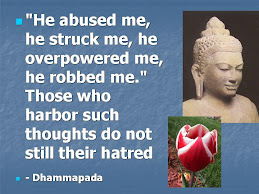

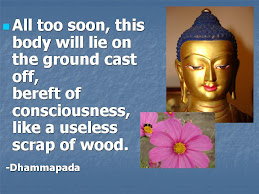

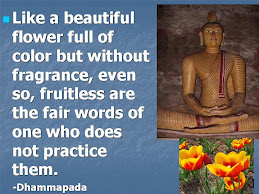




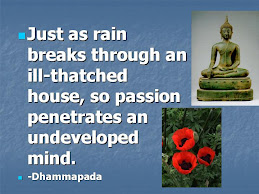


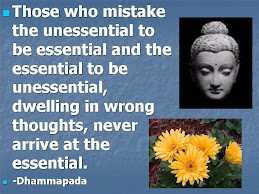
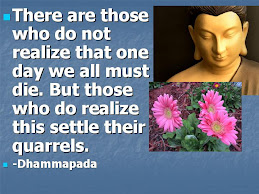
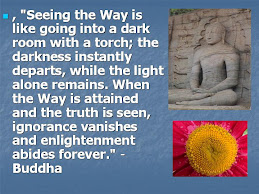


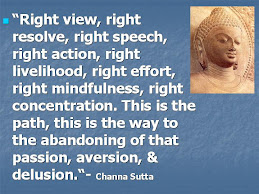

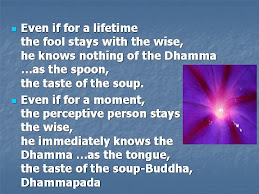



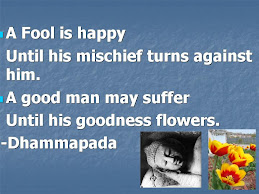
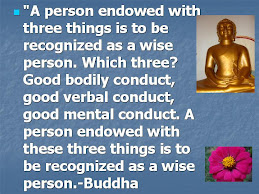

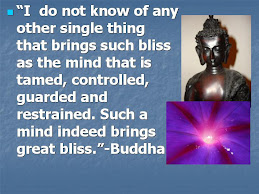
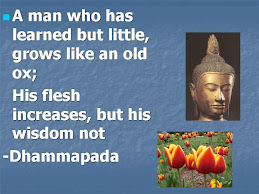
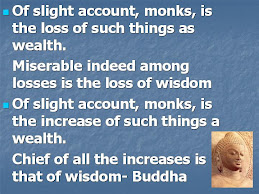
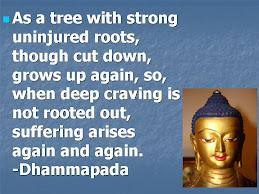
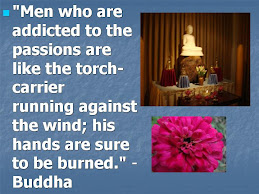



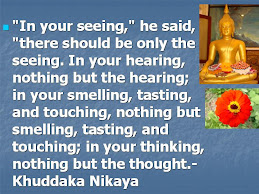




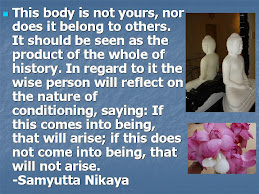
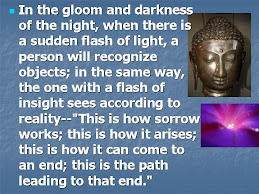
















2 comments:
I really appreciate your work. I just came across your blog when I was trying to find a meaning for a word. It's so meaning full the way you have extract the definition of nibbana and the explanation of the anatomy of a being.
Btw I would like to suggest you to post a proper defined version which could explain the words you have used to symbolize the most important terms in abidhamma("rupa" , "vedana" , "Sangngna" , " Sankara " "vingnana") Since I feel little bit of deviation from the real meaning and the words you use.
I really understood what you said since I substitute pali words in appropriate places but some one else who is not aware of those might find difficult to understand it.
Wish you all the best ... ...
Chamley, thank you for your words of Muditha.
I have not used any Abidhamma terms in this blog. All the terms are from sutta and I try to stick to the sutta as much as possible.
If you look at the labels at the bottom of each post, you will find the more information on the terms and definitions. For example, if you click on the five aggregates you will find the Pali terms, definition and a simile for each of the five aggregates in old or older posts.
Also after your suggestion I have added a link to a Glossary on Pali terms in the right side column of the blog.
Chamley, hank you for your insightful comments.
With Mettha
Piyal
Post a Comment